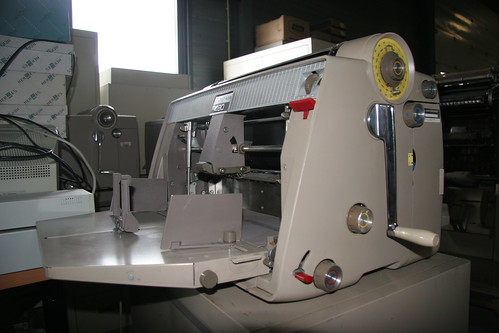Blood and Bones Theatre
Theatre is the oldest
expression of some of the deepest human instincts. The playwright’s job is to establish the
complex process of thought that leads to that expression. Yet in the post-rational twenty-first century
just when they’re needed, many of the enormous possibilities of drama have been
lost to a welter of superficial acrobatics, music and visual effect while the actual
skills of playwriting - character construction and dialogue and as a vehicle
for understanding the fundamentals of human nature - have been downgraded such
that the playwright him or herself is thought of as mere pen holder for other
theatre makers. Playwrights are kept at arm’s length from the creative process
by the dread shadow of The Dramaturg and the play reading committee.
This series is not a handy
how-to-do-it guide but rather a personal meditation on the place of the
playwright in contemporary theatre. It suggests that if theatre is to survive it needs
to re-engage with its audiences by offering something to challenge the
immediate attraction of film, television and other narratives. It needs to find
its soul again and offer what is its unique properties. To do this it needs a powerful cohort of
playwrights and it needs them once again at the heart of the playmaking
process. Playwrights like me need to
stop titting around with ten minute sketches and applying cap in hand to futile
competitions. We need to be bolder,
braver and prouder of what we do because I firmly believe we can contribute in
some way to getting the world back to a more humane, rational way of
progressing.
I am particularly fortunate
in that I was able to learn my craft in what, with hindsight, appears to be a
golden age of theatre. I have had
opportunities to work alongside great actors and within companies who believed
in the essential power of drama. I have been able to learn from people who knew
their craft and I hope I have been able to pass that on in writing workshops
and as a director working with young and established actors to this day.
So, if you are a playwright,
actor, director. Audience member or all round lover of theatre come with me on
my ramble through my own head as I try to understand what it is I’ve been
playing with for the last forty years


 My new play “Pig Unit” is about my experiences of working on
a pig farm some years ago. I hasten to add that while the situation is true,
the drama is not.
My new play “Pig Unit” is about my experiences of working on
a pig farm some years ago. I hasten to add that while the situation is true,
the drama is not.